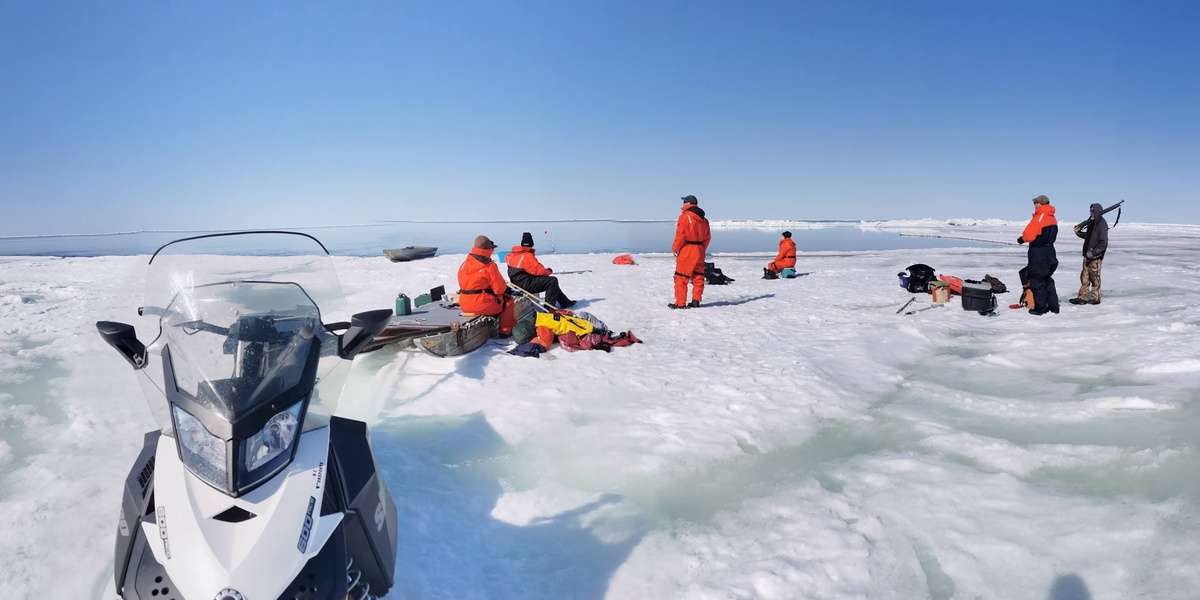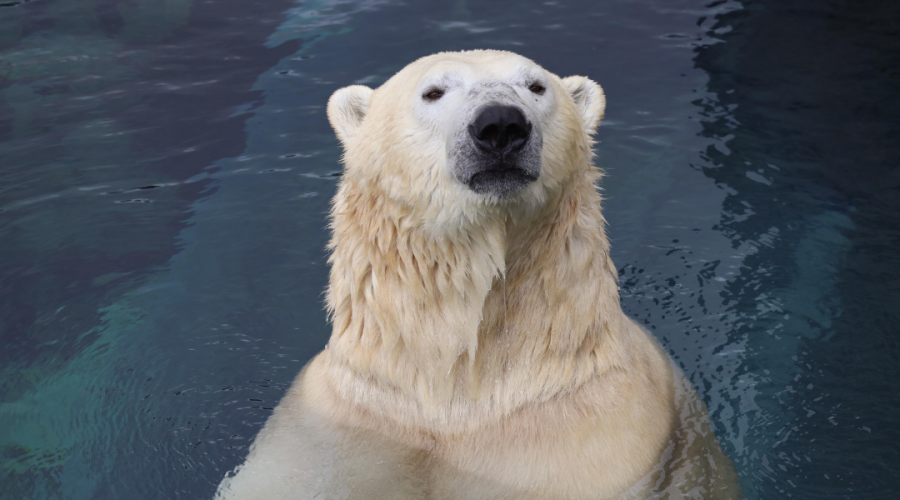It has been approximately four months since the Conservation Team and our collaborators tagged four harbour seals near Churchill, Manitoba.
Our team spent 15 days in May tagging seals and observing how harbour seals use the marine and freshwater environments around Churchill. You can learn about their trip and see how seals were tagged in this blog post.
If you recall, each animal received two satellite tags that track the seal’s location. The first is a "backpack" tag that provides very detailed information and stays on the seal for a maximum of a few months. The second is attached to the seal’s hind flipper but only transmits locations when the seal is fully out of the water on land or ice. Flipper tags should last for several years but it does not tell us what the seal is doing when it is in the water.
As expected, the “backpack” tags have now stopped working, likely because the animals have moulted their fur and the tag has fallen off. Three of the “backpack” tags lasted until June but one held on until August. The animation shows that these seals were using habitats in Hudson Bay and the Churchill River Estuary for the early part of the spring and summer. One seal travelled up and down the Seal River multiple times (note: the animation looks like they move over land, but they are just following the river while the tag is not transmitting).
The first animation shows the backpack tags.
The second animation shows the flipper tag locations.
From these tags, we can see that all four animals have used freshwater river environments, presumably to feed on fishes. Harbour seals are one of the few seal species that use rivers and freshwater.
Learning about seal behaviour, movement, diet, and population numbers provides many benefits both to Manitobans and seals. The research will provide information to wildlife managers so that seals and people can coexist, provide insight into how these northern seals can survive, give a baseline so new threats can be detected and reduced, and provide local ecotourism operators with more information to share with visitors.

Over the next few months and years, our team will continue to monitor these tagged seals to learn more about their movements and behaviour in western Hudson Bay. This seal research is part of a larger overarching effort to better understand the western Hudson Bay ecosystem. With other projects such as the invertebrate sampling using DNA barcoding and Beluga Bits, the research and conservation projects APC contributes to in Churchill are connected.
Moving forward we are interested to know if seals are using the same rivers each year and if there are other important rivers used by this species.
This research, and all the work that the APC conservation and research team participates in, contributes to the understanding and protection of our natural heritage. You can also help by reducing your carbon footprint to reduce climate warming, getting involved in initiatives to protect northern ecosystems like the Seal River Watershed IPCA, or supporting the work of the Conservation and Research team by donating to the Wildlife Conservation Fund.





